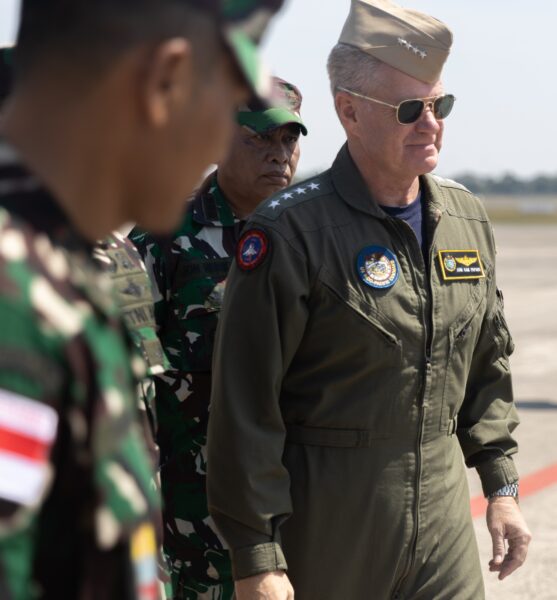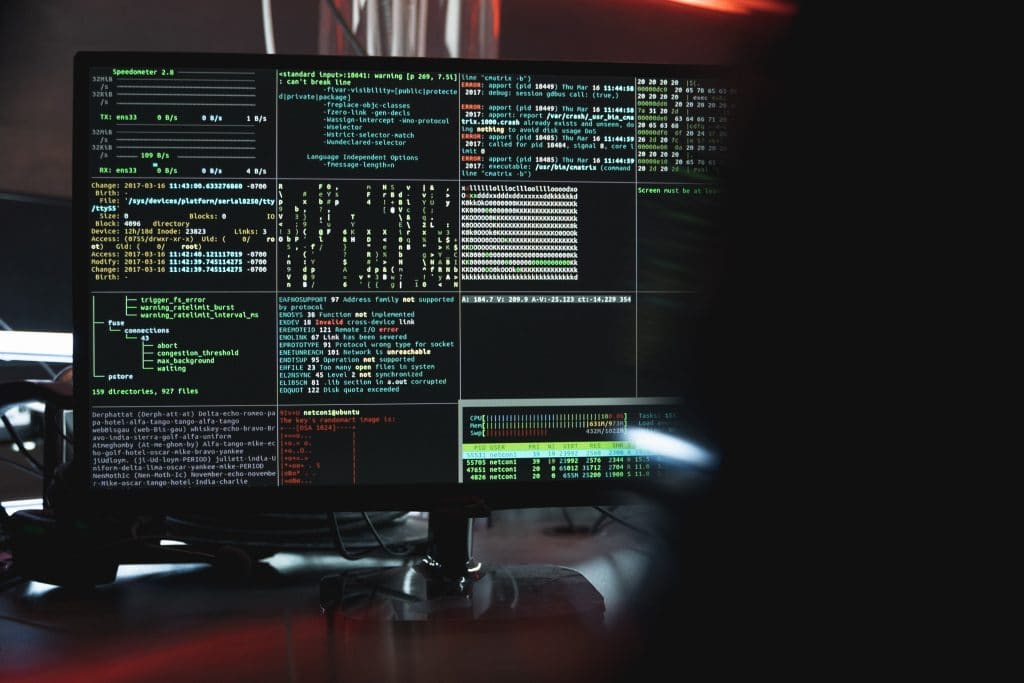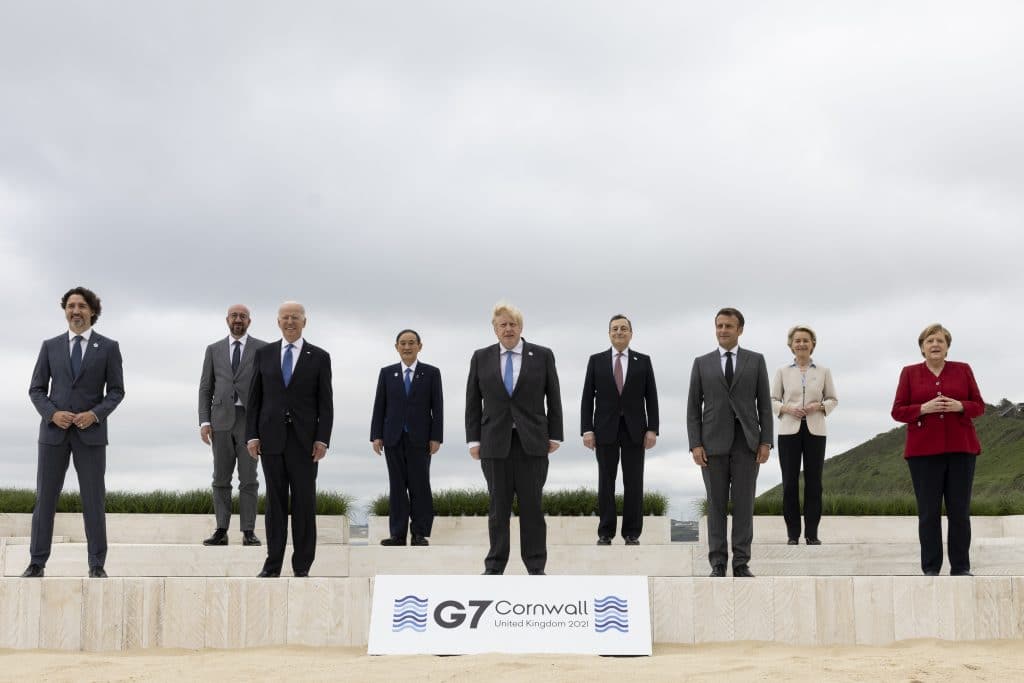US Navy Admiral Samuel Paparo leads the US Military’s Indo-Pacific Command and recently spoke to the Washington think tank, Brookings Institution.
He also sat down for an interview with US Department of Defence writers.
Over this past northern summer, Adm. Paparo says, China conducted military exercises over a large area which he followed closely.
“It was the ‘jointest’ operations for air, missile, maritime power that I’d seen over an entire career of being an observer,” Adm. Paparo says.
On one day, he noted, the Chinese had 152 vessels at sea including three-quarters of their amphibious force while 43 amphibious brigades rehearsed breaching obstacles and military operations in urban terrain.
“We saw also two demonstrations of military power in response to the Taiwan inauguration on May 20 then, once again, on 1010 (October 10) — Taiwan National Day, as it’s called,” he said.
“This was the largest rehearsal we’ve seen.”
The Chinese also took part in exercises with Russian air and naval forces in the Bering Sea, he said.
NORTH KOREA
Adm. Paparo also talked about the threat North Korea poses to the region.
He highlighted the regime’s recent test of its largest ballistic missile that “reached an apogee of more than 7000km, portending a capability that will have the ability to range the entire continental United States”.
While the North Koreans may not have weaponised the missile “we just see continued testing towards that”.

TAIWAN
Adm. Paparo was asked about the Chinese initiative to build a military to challenge the US by the centenary of the Chinese Communist Party in 2027.
“The closer we get to 2027, the less relevant the date becomes,” he said but he does not see that as the date for China to invade Taiwan.
“I think it is a worthy benchmark to say ‘we had better pay close attention to this’,” the admiral said.
Adm. Paparo has the responsibility under the US Taiwan Relations Act of 1979 to be ready for any change in the status quo.
“I am responsible for being ready every single day,” he confirmed.
INDO-PACIFIC
Competing demands for US resources — Russia’s war in Ukraine and the Middle East conflict — are depleting stocks that the Indo-Pacific might need, he said.
Adm. Paparo said that the effect on his command from delivery of weapons systems to Ukraine and Israel had been negligible.
“Now, with some of the Patriots (missiles) that have been employed, some of the air-to-air missiles that have been employed, it is now eating into stocks … to say otherwise would be dishonest,” he says.
And these stocks are crucial in the Indo-Pacific, he adds.
“It imposes costs on the readiness of America to respond in the Indo-Pacific region, which is the most stressing theatre for the quantity and quality of munitions, because (China) is the most capable potential adversary in the world,” Adm. Paparo says.
INDIA
On growing US military ties with India, he sees the two countries co-operating in many areas.
“We see this security partnership growing year by year,” he says.
“India cherishes its history in the non-aligned movement so those who aspire to an alliance with India, I think ‘don’t hold your breath’. We’re not holding our breath either.”
China is also competing with India which means there are opportunities for the US, he points out.
“There have been flash points of tension at sea and along its border, and those are opportunities for our co-operation as well,” the admiral says.
India has ties with Russia, who supplied much of the weapons that India has used since the 1960s, but Adm. Paparo believes that may change.
“I believe that those partnerships will likely fade over time as the partnership between the United States and India grows but we cannot be complacent about it,” he says.
“We have many, many mutual interests, and we’ve got to — both of us — keep our foot on the accelerator.”






